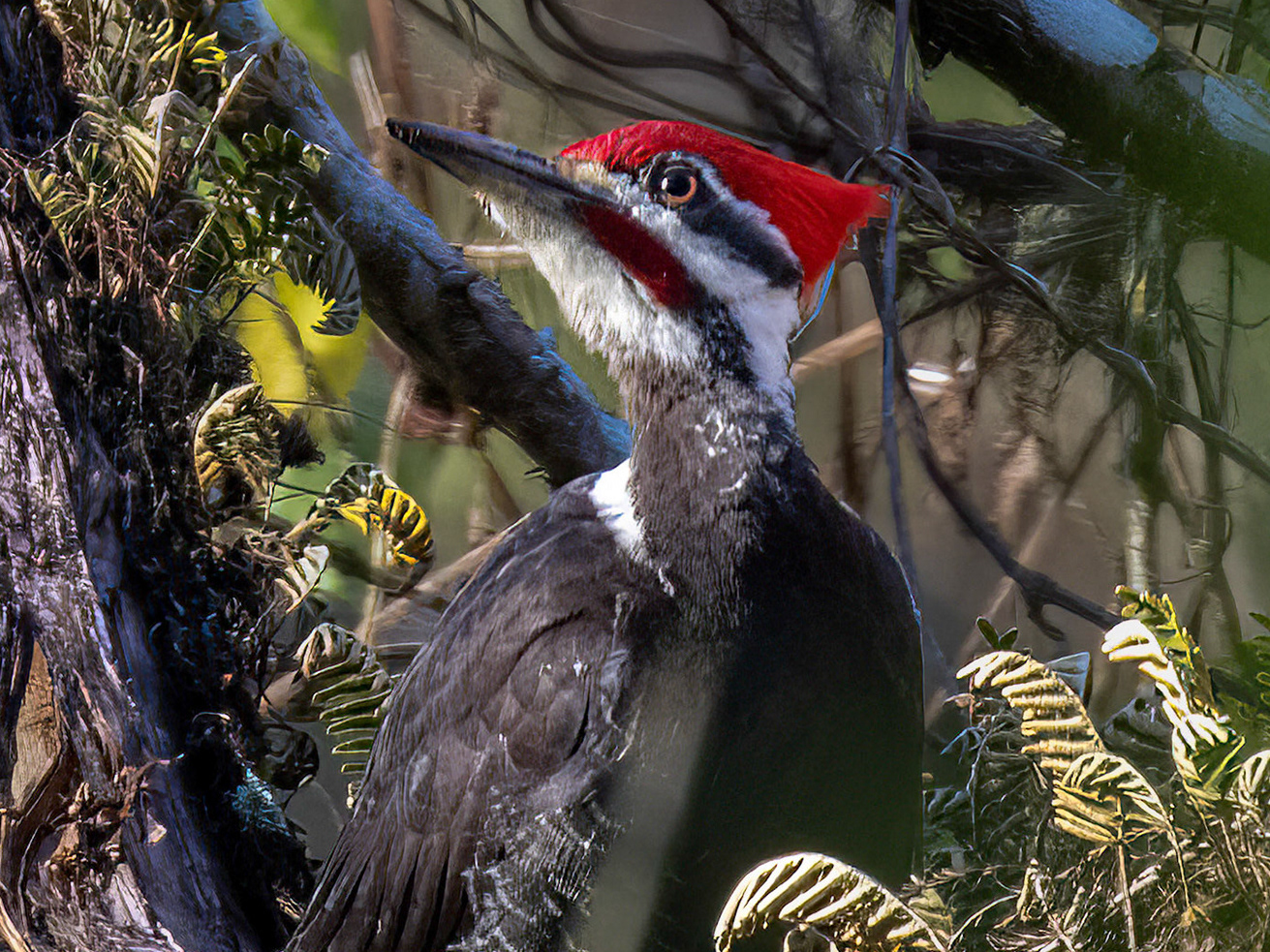
Scarlet Rosemallow Hibiscus

Swamp Lilly

Swamp Lilly

Blue Flag Iris & Bald Cypress

Blue Flag Iris

Blue Flag Iris

Yellow Flag Iris - Invasive plant

Blue Morning Glory & Green Orchard Bee

Yellow Alder

Yellow Alder & Honey Bee

Coreopsis - Florida's official wildflower.

Pickerelweed

Pickerelweed & Apple Snail Eggs

Bull Thistle

Duck Potato

Bulltongue

Fewflower Milkweed & Queen Butterfly

Moon Flower

Blue Asters & Queen Butterfly

Blue Asters & Queen Butterfly

Buttonbush & Honeybee

Ghost Orchid

Ghost Orchid

Everglade Yellow Orchid

Purple Orchid

Beach Morning Glory

Beach Morning Glory

Cardinal Air Plant - a Bromeliad

Spanish Moss & Bald Cypress in a freshwater slough (pronounced slew)

Spanish Moss - a bromeliad (air plant) neither a moss nor native to Spain

Strangling Figs originate as an air plant gradually sending roots to the ground

Strangling Fig may eventually kill its host

Bald Cypress Seeds

American Mangrove

Brazilian Pepper Tree - Invasive plant

Pond Apple & Fire Ant

Alligator Flag

Resurrection Ferns are actually an epiphyte (air plant) taking nutrients & moisture from the air

Resurrection Ferns are not parasitic

Resurrection Ferns & lichens (A census in the southwestern Everglades finds 432 lichen species within ¼ mile radius)

Artist’s Conks - polypore mushrooms






























































